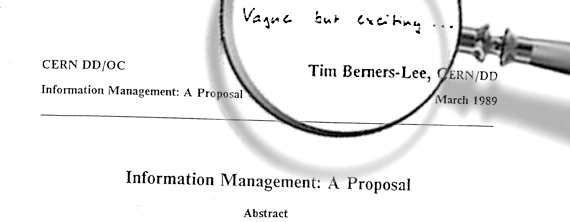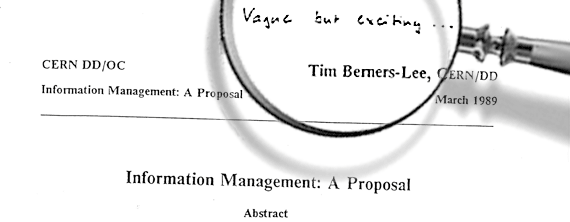
This is the first post in my three-part series on Network Neutrality, the internet, innovation, and the future of networks. The second and third post are available here and here.
The fundamental idea of the Schumpeterian model of Creative Destruction images a continuous cycle of Creation and Destruction of monopolies, presenting a continuous story of capitalism. Of course, the entirety of the Schumpeterian economic discourse is a very complex issue, and I have my issues with parts of it, but I am using the Schumpeterian analogy here as it is relevant to the point I will be making here. The breaking point of a monopoly starts, in this limited context, with a new technology that ‘decentralises’ power, therefore challenging the existing ‘monopoly’. And this is where the Internet comes in.
There are two reasons for this post. The first is that despite quite definitely being a proponent of Network Neutrality, I believe that certain crucial issues have been left out of the public debates, and haven’t received the attention they deserve. The second is that since Network Neutrality seems to be under attack across countries, it becomes all the more crucial to revisit its core principles, and see what our focus should be while moving forward. This post, thus, deals with the ‘original’ ideas of the internet, the internet as it exists today, and the future of networks and network neutrality.
Background
For the purposes of clarity, let’s create a distinction here between the two levels of operation of the related markets. The first level, let’s call it the ‘primary market’, is the market for the framework of the internet itself, i.e., for its provision to consumers. This is where the ISPs, such as Verizon and Airtel, operate. The second level, let’s call it the ‘secondary market’ or the ‘network market’, is the market created on this very framework for the internet itself. The services which occupy this market are sometimes referred to as ‘over-the-top’ (’OTT’), services. This is where companies such as Facebook and Google operate.
What is evident from the above is that the nature of this secondary market is entirely dependent on the primary market. In my opinion, it is exactly here that the principle of Network Neutrality comes in. In fact, I would credit Network Neutrality with the very essence of this secondary market as we know it, since discretion in the functioning of the primary market would distort the functioning and limits of the secondary market. It does so by ensuring, to some level, that the secondary market remains at a level playing field for all participants, including newcomers. This reduces entry and exit barriers drastically for all relevant services, a category which is extremely broad because of the Internet’s inherent nature as a communication medium. Here, the people using the medium are free to do what they will with it – i.e, ‘permission-less innovation’. This is to be contrasted with a scenario where the owners of the medium itself regulate the ‘secondary market’, insofar as it possibly exists, and begin restricting it. The latter is the base idea of ‘monopolisation’ in the context of Network Neutrality, and this is where the Schumpeterian Cycle comes in.
What Network Neutrality does not do is prevent monopolisation in the secondary market itself – examples of those are rampant, ranging from Google’s near-monopoly in the search-engine market to Facebook’s near-monopoly on Social Media. As a logical conclusion to the above, we have seen strong movements across the world towards preserving this state of the internet, for various reasons.
